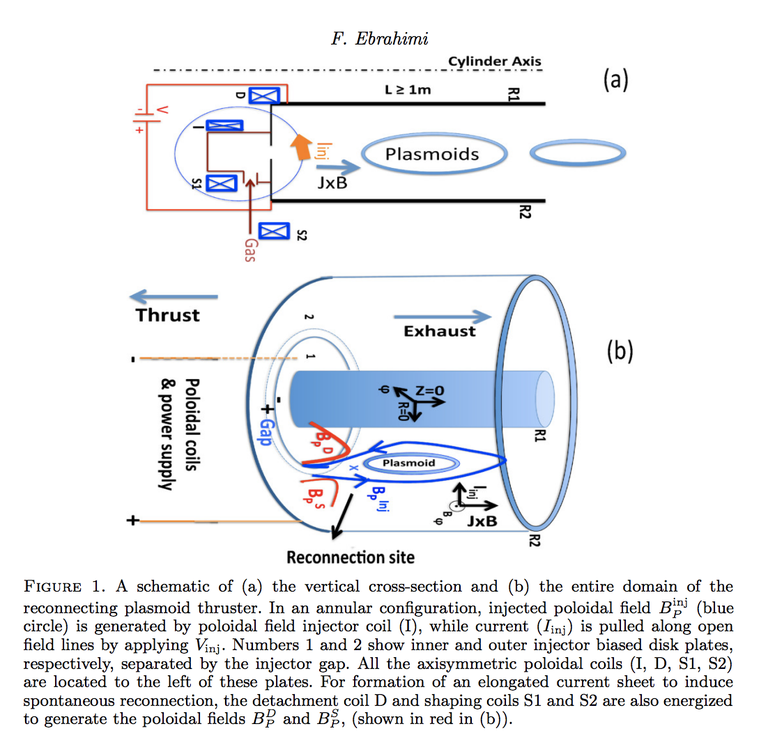Meet the Unusual Rocket Thruster That Will Send Humans to Mars
A new fusion thruster could carry humans to Mars 10 times faster than existing ideas.
Magnetic fields link and unlink, releasing a massive amount of power.
Directing the power outward turns the fusion reactor into a thruster.
A Department of Energy (DoE) physicist has a new nuclear fusion rocket concept that uses magnetic fields to make thrust. It’s a far-out idea that could carry astronauts to Mars.
The mechanism is already at play in Earth’s nuclear fusion reactors, as well as the solar flares of the sun. Could we really use linking and unlinking magnetic fields to make the long trip to the red planet?
“The device would apply magnetic fields to cause particles of plasma, electrically charged gas also known as the fourth state of matter, to shoot out the back of a rocket and, because of the conservation of momentum, propel the craft forward,” DoE’s Princeton Plasma Physics Laboratory (PPPL) said in a statement.
Think of a person sitting in a wheelie office chair holding a huge Roman candle. When you light the firework, the chair is propelled by the outpouring of directional energy.
Physicist Fatima Ebrahimi first thought of the idea after hearing of the speeds that particles reach inside PPPL’s national Spherical Torus Experiment, a tokamak reactor. “During its operation, this tokamak produces magnetic bubbles called plasmoids that move at around 20 kilometers per second, which seemed to me a lot like thrust,” she said in the statement. Her thruster basically works as a tokamak with one side cut out to release energy.

Fusion reactor experiments are popular on Earth as the “next generation” of nuclear energy technology, but none has created more power than it uses ... yet. Spaceflight is a popular additional use case for plasma fusion ideas because fusion technology can, hypothetically, stay pretty lightweight while generating a ton of thrust. High-temperature elements in plasma form are confined and selectively released to propel a spacecraft.
➡ Stuff We Love: The Best Telescopes for Stargazing
Ebrahimi’s device has three key differences from other designs in the mix, PPPL says. First, it uses electromagnets to adjust the thrust, like a magnetic gas pedal that astronauts could use to increase or decrease velocity. Second, this design uses both traditional plasma and an additional material called plasmoids—these greatly increase the thrust potential.
And finally, Ebrahimi’s device design is flexible to work with any gaseous element, meaning both lighter, smaller atoms of gas and bigger, heavier ones. This gives spacefaring groups the option to choose different kinds of burns for longer or shorter flights, for example.
“[C]omputer simulations performed on PPPL computers [...] showed that the new plasma thruster concept can generate exhaust with velocities of hundreds of kilometers per second, 10 times faster than those of other thrusters,” PPPL says. That means the thruster could shorten the longest flight times by a factor of 10, bringing many more destinations into our field of feasibility.
This would also help to address a major factor that stands between humans and longer spaceflights: the cosmic radiation that will permeate almost any spacecraft. The faster we can travel in the dangerous radiation of space, the less astronauts will be exposed. Faster travel will reduce other, less tangible human costs, like the psychological and physical toll of long stays in interplanetary space.
🎥 Now Watch This:
You Might Also Like
